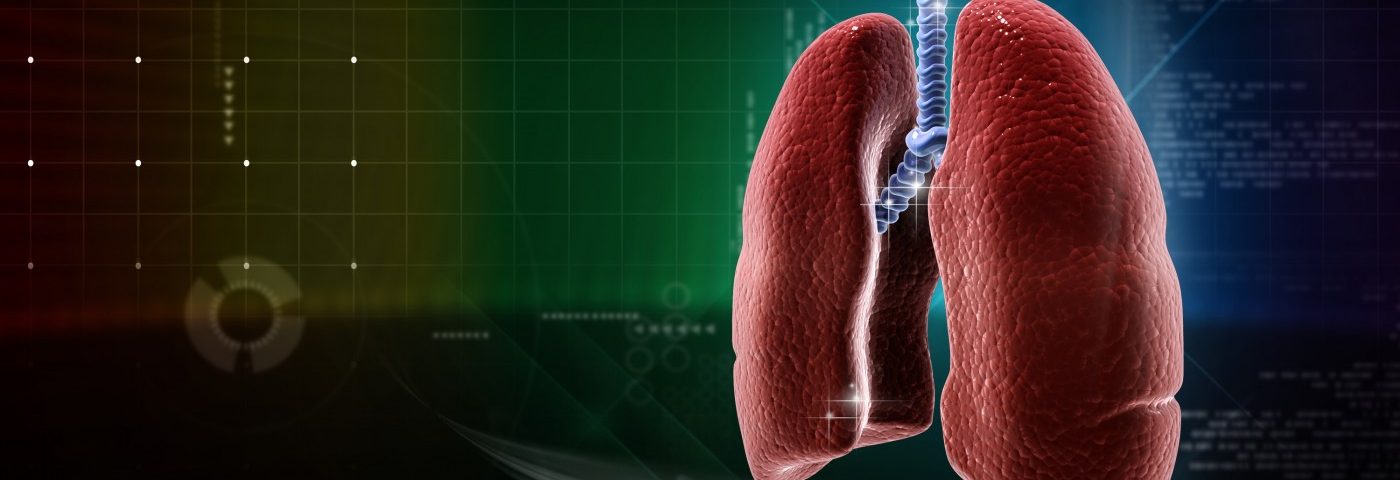High-frequency chest wall compression in combination with postural drainage increased sputum discharge among bronchiectasis patients compared to a combination of breathing techniques and postural drainage, according to a small Turkish study.
The high-frequency chest wall compression — delivered by a device called VEST — also improved blood oxygenation and quality of life among participants. Even though differences between the two groups were not statistically significant, researchers suggest that adding the technique to traditional sputum clearance methods may benefit patients.
The study, “Effect of High-Frequency Chest Wall Oscillation on Sputum Discharge in Patients With Bronchiectasis: Preliminary Results,” was presented at CHEST 2016, the annual meeting of the American College of Chest Physicians, in Los Angeles last October.
Non-pharmacological methods to aid the clearance of mucus among bronchiectasis patients involve postural drainage — a chest physiotherapy method that uses postural positions to ease the clearance of sputum. In addition, doctors often use what is known as the active cycle of breathing techniques (ACPRC).
Patients with bronchiectasis depend on the efficient clearance of mucus from airways to control symptoms and prevent exacerbations — the best way to keep disease progression at bay.
Researchers at Celal Bayar University in Manisa, Turkey, enrolled 16 adult patients in the study. Half received high-frequency chest wall compressions in combination with postural drainage, while the other half received postural drainage and ACPRC. Both groups were treated for 20 minutes, three times daily for five days.
The groups did not differ in age, sex, smoking habits or the appearance of fever. They also had similar levels of sputum production at the start. Over the five-day trial, both groups increased the amount of sputum they cleared over the five days. The high-frequency chest wall compression group had a numerically larger increase than those using breathing techniques, but the difference was not statistically significant.
Likewise, they also improved their blood oxygenation levels and scored better on quality of life assessments at the end of the trial. Again, there were no statistical differences between the groups.
Considering that the study was very small and of short duration, the lack of statistical differences is not surprising. Nonetheless, the team concluded: “Our data supports the fact that adding VEST to the conventional treatment would provide positive contribution in patients with bronchiectasis by increasing the amount of sputum production.”

